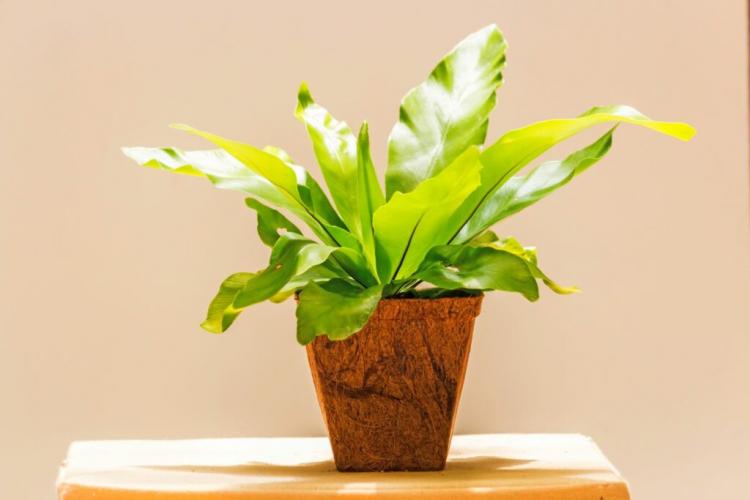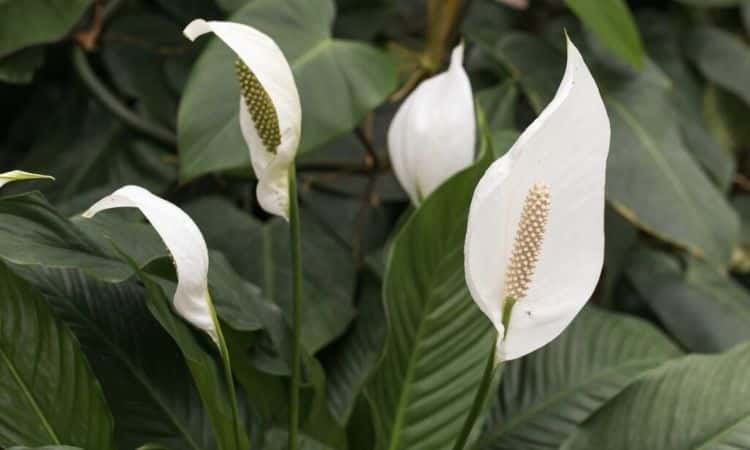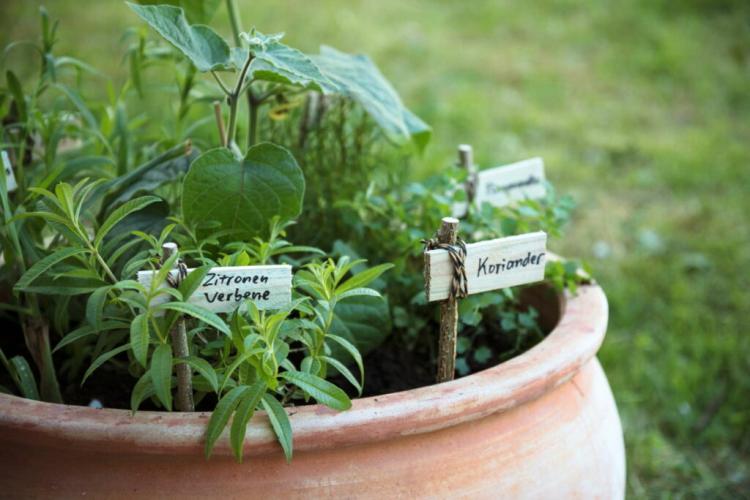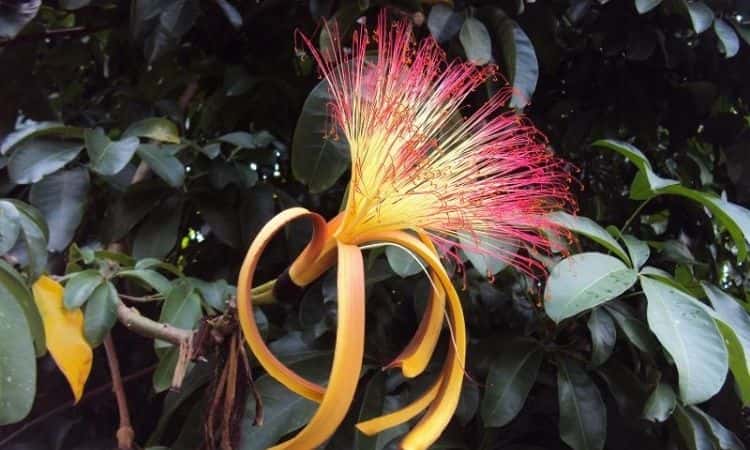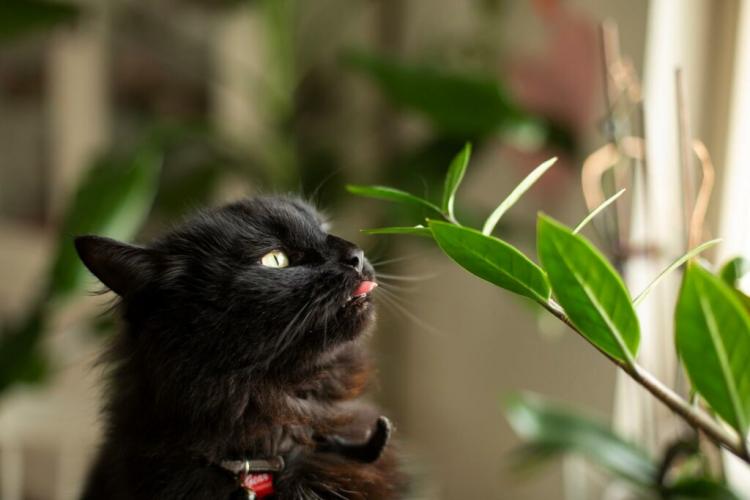Nest Fern: Care And Location Of The Houseplant
The nest fern is a popular indoor plant. In this article, you will find tips on the location and care of the nest fern as well as the most beautiful varieties for the home.
The nest fern ( Asplenium nidus ) brings the tropics into your home with its lush, green leaves. Would you like to know what needs to be considered when caring for the nest fern? We give you the most important tips and tricks about the location, care, and choice of the popular houseplant.
Nest fern: origin and characteristics
Table of Contents
The nest fern ( Asplenium nidus ) from the genus of striped ferns ( Asplenium ) belongs to the family of striped ferns (Aspleniaceae) and comes from the rainforests of East Africa, Asia, and Australia. The evergreen plant can also develop leaves up to one meter in length when grown indoors. The leaves are slightly wavy and have a light green, glossy color. As the name suggests, the fern fronds form a kind of nest and are funnel-shaped. The arrangement of the leaves serves the plant as a collecting funnel for water and plant residues, which supply the fern with nutrients. In its natural environment, the nest fern grows epiphytically, i.e. perched on trees – just like orchids. Some amphibian species can even find shelter in their leaves.
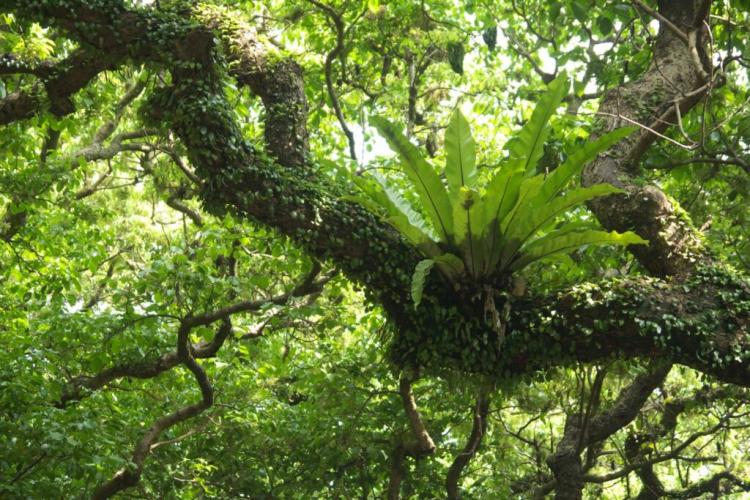
The nest fern is an epiphyte and naturally grows in the crowns of the trees
The most beautiful nest fern varieties for the home
In addition to the classic nest fern, some interesting varieties catch the eye primarily because of their strikingly shaped leaves.
Asplenium nidus ‘Crissie’: This version of the nest fern impresses with its rather smooth leaf margins, which fray almost hand-shaped at the leaf tips. This property gives the leaves a very unusual appearance.
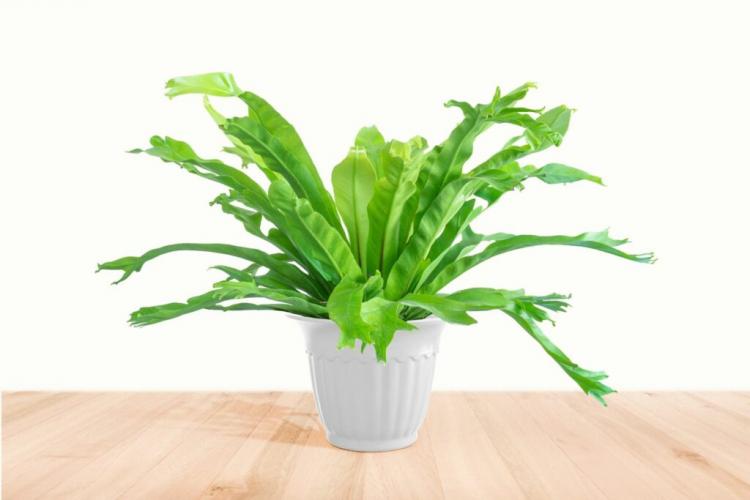
Every leaf of Asplenium nidus ‘Crissie’ is severely frayed at the end
Asplenium nidus ‘Crispy Wave’: The leaves of this variety are particularly wavy. Since these nest ferns are reminiscent of a head of hair due to their growth shape, one quickly thinks of curly hair.
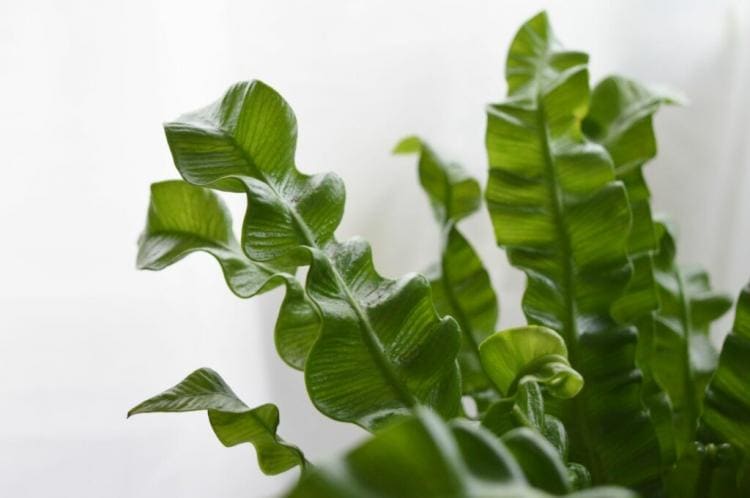
The ‘Crispy Wave’ variety with strongly wavy fern fronds
Asplenium nidus ‘Fimbriatum’: With the leaf edges frayed all around, this nest fern is similar to carrot green that sprouts from the earth.
Asplenium nidus ‘Osaka’: In contrast to Asplenium nidus ‘Crispy Wave’, the whole leaf of this variety is not wavy, only the edges are strongly curled.
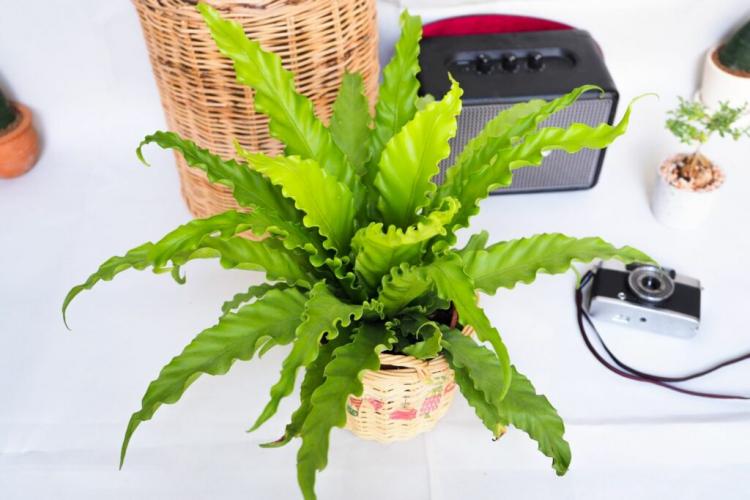
The ‘Osaka’ variety has ruffled leaf margins
Location and substrate for the nest fern
As an epiphyte in the crowns of tall trees, the nest fern usually grows in partial shade and without contact with the ground. The location in the apartment should also be chosen according to its natural, tropical habitat.
The nest fern prefers a partially shaded, windless place because it cannot tolerate direct sun, but still needs enough light to grow. A warm, humid climate is ideal, so the temperature should always be around 20 ° C and sufficient humidity should be ensured.
Tip: To increase the humidity, you can place a bowl of water on the heater or near the nest fern. Since the leaves are quite sensitive, it is better not to use a water atomizer.
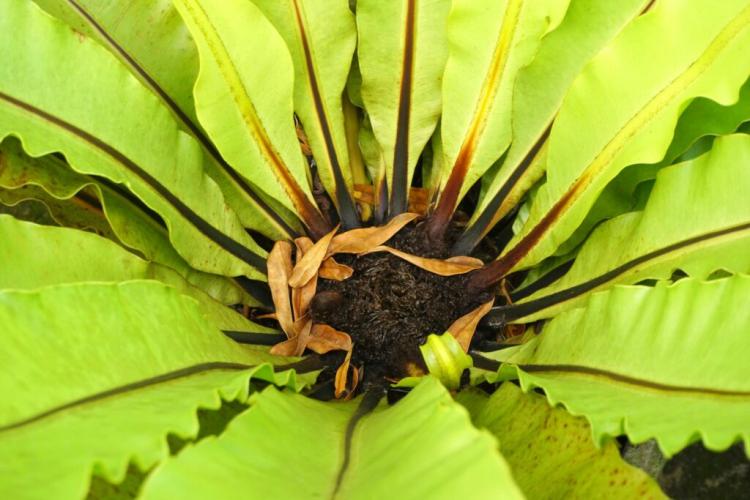
The funnel-shaped arrangement of leaves allows water and nutrients to be collected
High-quality potting soil, which contains all the important nutrients for healthy growth, is suitable as a substrate for the nest fern. The earth is made from natural raw materials and free of peat and is therefore particularly sustainable. It is important to have good drainage of the earth so that no water can build up. To increase permeability, you can simply mix a little expanded clay or sand into the substrate. In addition, a layer of potsherds or gravel on the bottom of the pot supports the drainage of water. Orchid soil, which meets the requirements of the epiphytes, is also suitable for the nest fern but is not necessary.
Nest fern care: one should pay attention to this
Caring for the nest fern is not very time-consuming. If the plant is in an optimal location, only a few small things need to be considered.
Water, fertilize and cut the nest fern
It is best to pour your nest fern directly into the substrate with low-lime, room-temperature water. Rainwater is particularly suitable for the nest fern. The root ball should always be moist, but not drowned. As soon as the substrate dries slightly on the surface, you can water again.
Tip: The nest fern needs a lot of water in summer. At this time you can also dip the plant with the root ball in a bucket of water from time to time so that the entire substrate can soak up with water.

New leaves unroll from the center
You do not have to fertilize the nest fern until one year after repotting, as the soil already contains many nutrients. From spring to autumn about every three weeks, a little fertilizer should be added in half the dose with the irrigation water. Our Gardender organic indoor and green plant fertilizer, for example, is a sustainable fertilizer variant, which not only provides all the essential nutrients but also enriches the life of the soil with the microorganisms it contains.
The nest fern does not need pruning. Only brown and dried-up leaves can be carefully removed.
Repot the nest fern
Since the nest fern grows rather slowly, it is sufficient to repot it every two to three years in spring. The fresh substrate contains new nutrients and can therefore have a positive effect on growth. If it becomes too tight for the roots in the old pot, a slightly larger planter should be chosen.
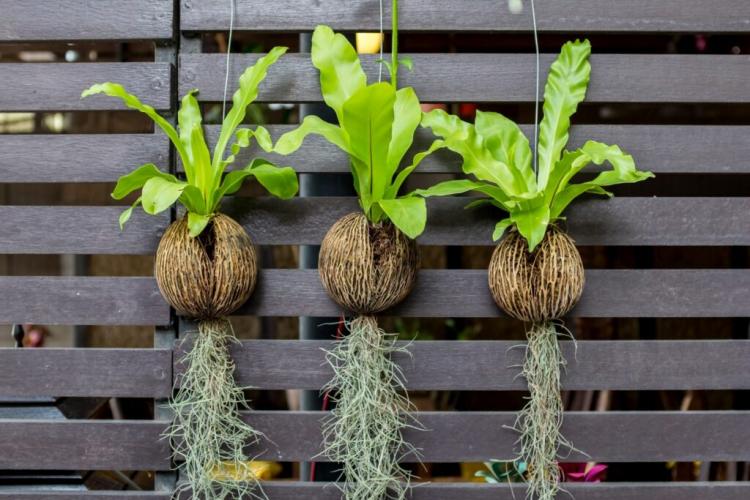
With its overhanging fronds, the nest fern also looks great in the traffic light pot
Is the nest fern poisonous?
The nest fern is neither poisonous for humans nor pets. It can therefore be placed in any suitable place in the home without hesitation. Would you like even more tropical flair in your home? The monstera – also known as the window leaf – brings the jungle into your home. We give tips on location and care.
